Featured Articles
Read our latest stories on the people and scientific innovations making a difference in patients’ lives.

Coffee Doesn’t Give You the Jitters, Alcohol Makes You Blush: Thank Your Genes
No two people respond to drugs and common chemicals the same way. That’s partly due to our genes. Are you one of those people who can’t stand the taste of cilantro sprinkled on your tacos or guacamole? You’re not alone. About 4 to 14 percent of the population has a genetic variation on an olfactory-receptor gene called OR6A2 that contributes to the detection of the leafy green herb’s soapy smell. Turns out, small variations in our DNA called single-nucleotide polymorphisms, or SNPs (pronounced...

When Diversity Means Better Medicine
By tapping into more diverse genomes, researchers are gaining novel insights into disease and drug safety. For a variety of historical and logistical reasons, the vast majority of genomics research, to date, has been done in European populations. A 2016 analysis in the journal Nature found that 81 percent of participants in genetic research are of European ancestry. But in recent years scientists are pushing to expand research into more diverse groups to gain broader insights into the...

This Scientist's Life: Judith Absalon
Meet Judith Absalon, a Senior Director in Vaccines Clinical Research at Pfizer’s Pearl River, N.Y., research site. As a global clinical lead, she’s the head doctor that oversees the clinical trial process when a new vaccine candidate is tested in people. Clinical trials are rooted in the scientific method, says Absalon. “You start with a question. If you’re lucky, you get to figure out how you’re going to answer the question. Then through diligence, persistence and flexibility, you gather...
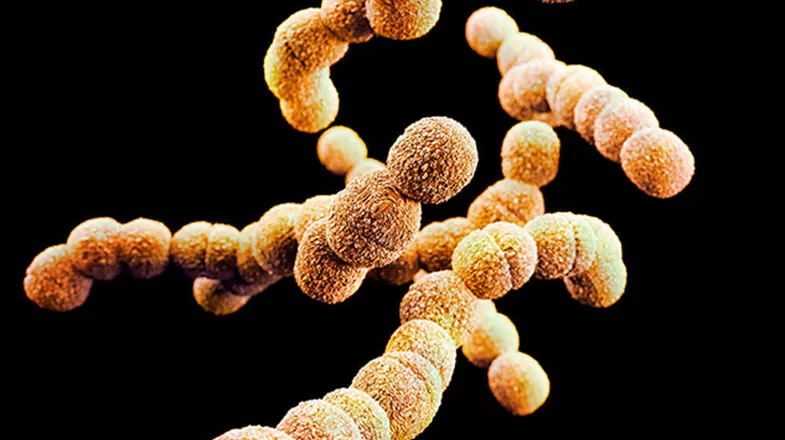
Group B Strep: A Dangerous Infection in Infants and Adults
Despite advances in treatment and prevention, Group B strep continues to be the leading cause of dangerous infections in newborns, pregnant mothers and adults. An estimated 10% – 30% of pregnant women in the U.S. carry Group B streptococcus (GBS), bacteria that live in the intestine, vagina and rectum, and usually show no symptoms. During childbirth, however, the situation can change. Colonized mothers can pass GBS via amniotic or vaginal fluids to their babies causing infections which may...
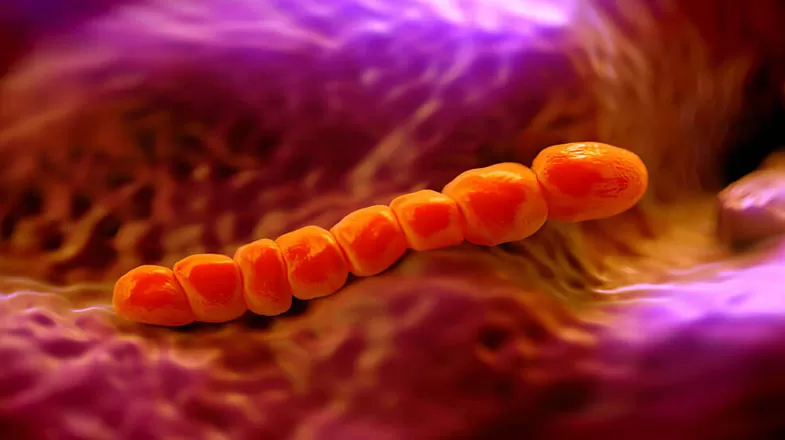
Vaccines to Fight Sugar-Coated Bacteria
Sugar-coating can put a positive spin on things. But when it comes to some bacteria, which cause diseases such as meningitis and pneumonia, their sugar coating is among the traits that make them so dangerous to humans. Read on to learn how scientists have developed a class of vaccines, known as polysaccharide protein conjugate vaccines, that teach the immune system to fight these microbes. But First, Vaccine Basics Vaccines are a powerful public health tool that saves two to three million...

foundations-science
Seeing Science in the Everyday: Glow Sticks That Detect Cancer
Researchers are using the same chemical processes behind glow sticks to make better tools to diagnose cancer. The same science behind glow sticks and the crime scene chemical luminol – which glows blue in the presence of blood – is now being used to develop cutting-edge tools to detect cancer and other medical diagnoses. When you snap a glow stick, two liquids inside the plastic tube come into contact, setting off a chemical reaction that emits energy in the form of light. This process is...

How Genetically Related Are We to Bananas?
Gene sequencing reveals that we have more in common with bananas, chickens, and fruit flies than you may expect. We’ve long known that we’re closely related to chimpanzees and other primates, but did you know that humans also share more than half of our genetic material with chickens, fruit flies, and bananas? Since the human genome was first sequenced in 2003, the field of comparative genomics has revealed that we share common DNA with many other living organisms — yes, including our favorite...
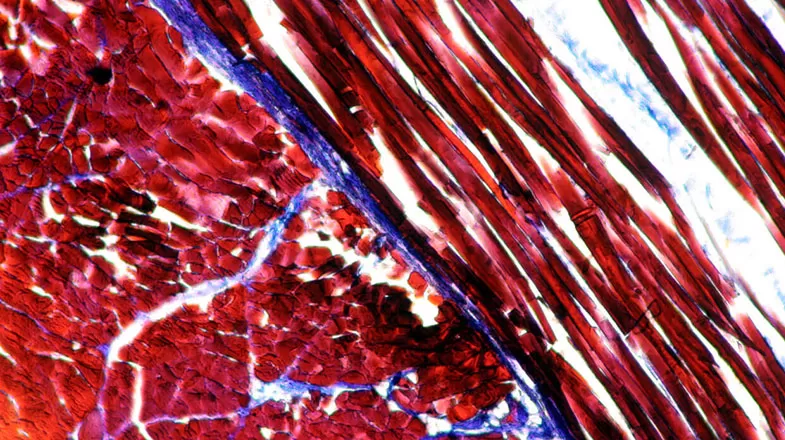
Science Fact or Science Fiction? Lactic Acid Buildup Causes Muscle Fatigue and Soreness
Anyone who has pushed themselves through an intense workout will be familiar with “feeling the burn” — that sensation of fatigue and pain that sets in when you subject your muscles to lifting heavy loads repeatedly or sprinting all-out.This burning sensation is associated with a buildup of acid in the muscles during intense exercise, and lactic acid has long been thought to be the culprit in that acid buildup, known as acidosis. Lactic acid is a byproduct of anaerobic metabolism, in which the...

A New Frontier for AI: Helping Scientists Develop Potential New Medicines
When Google’s artificial intelligence program known as AlphaGo decisively beat the reigning human champion of the ancient board game of Go in a series of high-profile matches in 2016, it was a watershed moment in the field of machine learning. And while much has been made of impressive feats of artificial intelligence (AI), like AlphaGo and self-driving cars, a lesser known fact is that the same techniques are also helping scientists explore potential new medicines. The link between AI and drug...
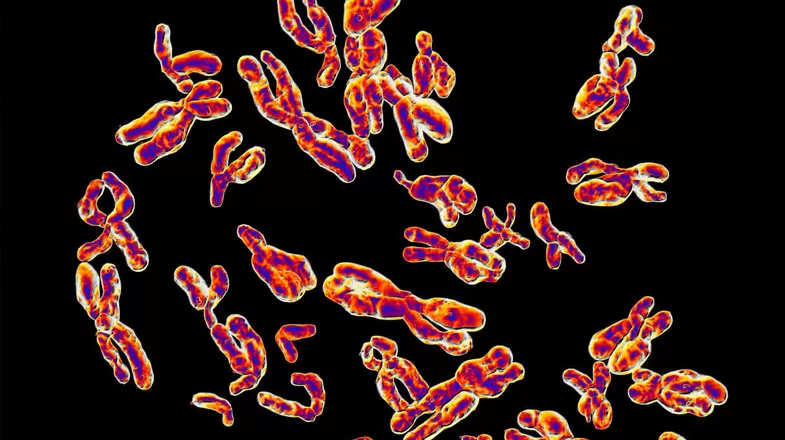
What’s on the Y Chromosome Handed Down From Father to Son?
Among the many things parents hand down to their children are 23 pairs of chromosomes – those thread-like structures in the nucleus of every cell containing the genetic instructions for every person. We inherit a set of 23 chromosomes from our mothers and another set of 23 from our fathers.One of those pairs are the chromosomes that determine the biological sex of a child – girls have an XX pair and boys have an XY pair, with very rare exceptions in certain disorders. Females always pass an X...
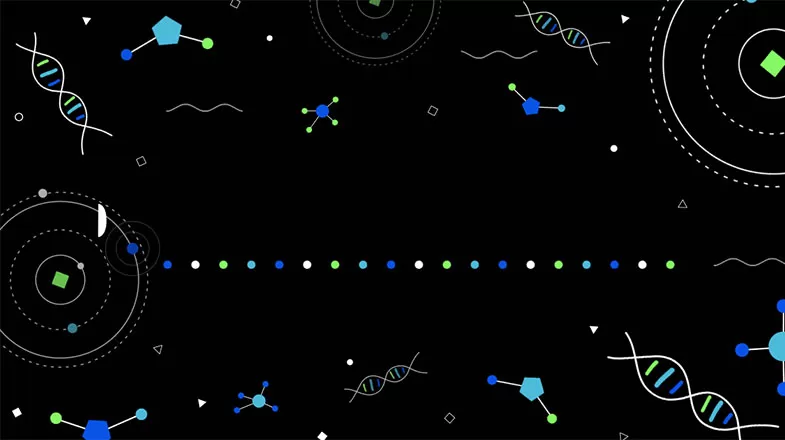
This Scientist's Life: Derek Buhl
Meet Derek Buhl, Principal Scientist for Central Nervous System (CNS) medicines at Pfizer’s Kendall Square facility in Cambridge, Mass. Buhl’s subject of research is one of the most complex systems in the known universe – the human brain, and what can go wrong with it, and how to correct problems with the help of novel pharmaceuticals. To explain what he does to a non-scientist, Buhl sometimes quotes what his 6-year-old daughter once said about his work, and how it relates to the work of his...

Bodily Functions Explained: Spicy Food Reaction
Spicy food contains chemicals that trick the body into cranking up its internal air-conditioning system, triggering responses from head to toe and involving everything from the respiratory to the circulatory system.It happens at dinner tables around the world every day. Something spicy — a chunk of chili pepper, perhaps — goes from fork to mouth, setting off a body-wide chain reaction.A burning sensation spreads across the lips and ignites the tongue. Mucous membranes, which protect the lungs...
Media Resources & Contact Information
Anyone may view our press releases, press statements, and press kits. However, to ensure that customers, investors, and others receive the appropriate attention, Pfizer Media Contacts may only respond to calls and emails from professional journalists.
